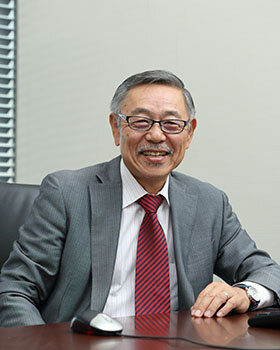Column Global Economy 2025.05.21
The Noneconomics and Trade Issues of the Rice Export Boost Plan
Agricultual PolicyMAFF’s plan to boost Japan’s rice exports
Japan’s Ministry of Agriculture, Forestry and Fisheries (MAFF) has announced a plan to increase rice exports almost eightfold to 350,000 tonnes by 2030 and further to one million tonnes thereafter. For this to happen, the average rice production cost per 60 kilograms (kg) for farmers in Japan, which now stands at about 16,000 yen, needs to be lowered to 9,500 yen for rice for export. To this end, the plan says Japan will take the following measures for structural reform and productivity improvement:
- Eliminating farmland dispersion through its accumulation and consolidation (expanding the area cultivated by operations that export rice with a farm of 15 hectares or more).
- Expanding farm plots (creating consolidated parcels with one hectare or more)
- Improving rice varieties and increasing the planting of high-yield varieties
- Putting smart agricultural technology to good use by capitalizing on farm plot expansion (increasing the proportion of farmland to which such technology is applied in the total area of cultivated land to 50 percent or more)
TV broadcaster TBS news reported that MAFF will revise the basic plan for Japan’s agricultural policy to boost rice exports, including packaged precooked rice, to 350,000 tonnes by 2030, an almost eightfold increase from last year’s level. According to the report, Japan will divert such exports to the domestic market if rice becomes in short supply. Admitting that the rice panic of the Reiwa era (2019– ) that had been lingering from last year was behind the revision, Agriculture, Forestry and Fisheries Minister Taku Eto was quoted as saying that rice produced for export can be diverted to domestic consumption anytime because rice is rice. The revision is aimed at ensuring food security by boosting supply capacity.
The purpose of this article is to elucidate problems with the new policy from the perspectives of economics and international economic law (the WTO law). To put the conclusion first, the new policy has the following problems:
- Judging from the planned revisions to the Food, Agriculture and Rural Areas Basic Act and remarks made by the incumbent agriculture minister, the plan could increase, not reduce, government spending.
- Although the plan is intended to improve productivity through structural reforms, it could keep small-scale farmers afloat, putting a brake on such reforms.
- The plan could invite retaliatory trade policy measures from other countries, especially the United States, which, in turn, could wreak havoc on Japan’s export industries such as automobiles.
Read All
The Noneconomics and Trade Issues of the Rice Export Boost Plan
